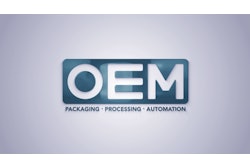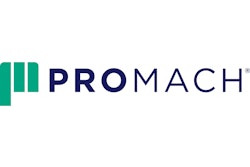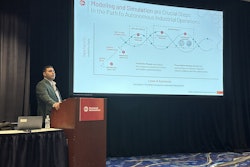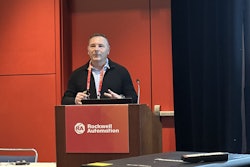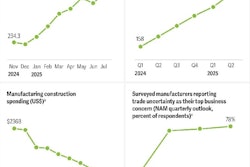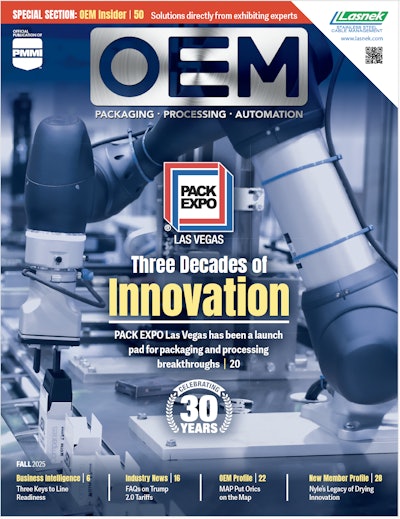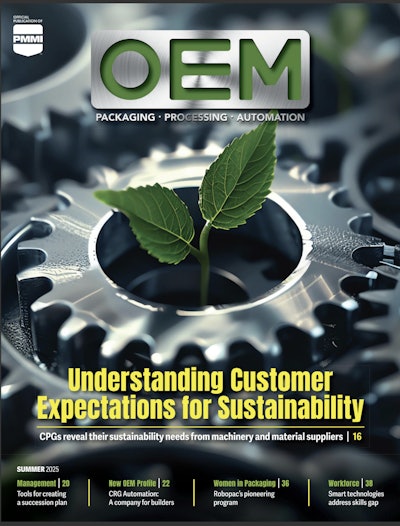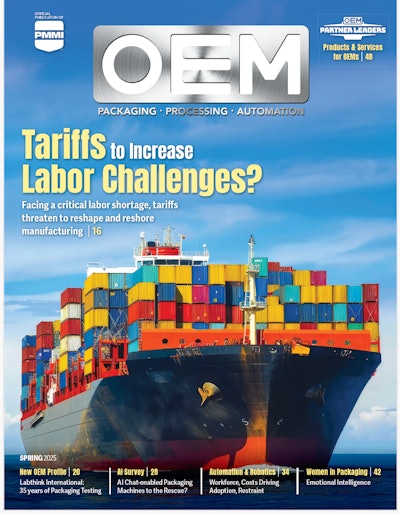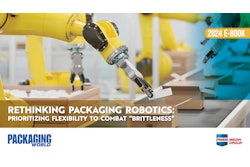
Key Takeaways:
· Under its “Circular for Zero” strategy, Novo Nordisk aims to achieve zero environmental impact through reducing material use, designing with reuse in mind, and transforming waste into new products.
· One of its circular initiatives is its takeback program for used injector pens in Denmark that allows patients to return used pens to pharmacies.
· Novo has already seen significant progress on scope 1 and 2 emissions (those directly controlled by the company), but the biggest challenge remains within scope 3.
As the healthcare industry seeks various solutions to minimize its environmental impact, many big-name companies are stepping up with ambitious strategies to lead the way. Take-back programs, reusable devices, and reducing material use are all tactics pharma companies are adopting to make a change in their environmental footprint. At Novo Nordisk, Dorethe Nielsen, head of the Corporate Environment Strategy unit, is spearheading the pharmaceutical company’s efforts by overseeing the company’s global environmental footprint.
“Our {team’s} role,” Nielsen explains, “is to set the strategy and targets for everything related to the environment, nature, and climate, and to work toward achieving them.” This responsibility spans Novo Nordisk’s entire value chain, which includes production and product distribution on a global scale.
Embracing Circularity
Addressing sustainability in healthcare packaging is a multi-pronged approach, but perhaps the greatest obstacle remains the supply chain. “Our global presence adds complexity to both production and distribution, impacting our environmental footprint,” she says. From raw material sourcing to final product delivery, each stage contributes to the company’s overall emissions, which is why Nielsen points to the supply chain as one of the biggest obstacles.
To address these challenges, the company, like many others, is focusing on circular economy principles. Under its “Circular for Zero” strategy, Nielsen says that Novo aims to achieve zero environmental impact. This approach includes reducing material use, designing with reuse in mind, and transforming waste into new products. “It’s a key enabler for reaching our sustainability goals,” Nielsen affirms.
One of the company’s most tangible circular initiatives is its takeback program for used injector pens in Denmark. Launched as a pilot in 2020, the program allows patients to return used pens to pharmacies when picking up new prescriptions. These are then sent to a specialized facility where they’re crushed, separated, and processed into clean material fractions. While regulatory quality standards currently prevent the reused materials from being reintroduced into new Novo Nordisk products, the company hopes to close that loop in the future. Right now, the reclaimed materials are being used to create other products outside the healthcare industry. Takeback programs are a great way to recover materials and so far, the results are promising.
“In Denmark, we have a return rate above 30%, which is significant given the challenge of changing habits,” Nielsen says. Although international uptake has been slower, Novo Nordisk is looking to collaborate with other companies to boost participation. Currently the takeback program is available in seven markets.
Factoring in Emissions
While promising, takeback programs are just one piece of the sustainability puzzle. “Companies need to take responsibility for their products throughout their lifecycle,” Nielsen stresses. This includes exploring reusable product designs and integrating sustainability into every aspect of device and packaging development.
While sustainability is a big concern for pharmaceutical companies like Novo Nordisk, experts agree that designing for the patient is the main priority. “Adherence and usability are always our top priorities,” she says. But Novo Nordisk is also integrating circular design principles—like using fewer material types, avoiding fossil-based materials, and designing products for longer use.
Another prong of sustainability lies in examining scope 3 emissions, which represent all indirect greenhouse gas (GHG) emissions that occur in a company's value chain but are not directly owned or controlled by the company itself. Basically, it’s the emissions that the company is responsible for but lies outside its control. To examine this, one must examine one’s partners.
Nielsen says that at Novo, they have already seen significant progress on scope 1 and 2 emissions (those directly controlled by the company), but the biggest challenge remains within scope 3—indirect emissions from the supply chain. “These account for 96% of our total emissions,” Nielsen explains.
Reducing scope 3 emissions requires deep collaboration with suppliers. Novo Nordisk is working closely with long-term partners to encourage renewable energy use and prioritize low-emission practices. “For non-critical items, we also choose suppliers based on their CO2 footprint,” she says, balancing production needs with the company’s broader environmental responsibilities.
Choosing suppliers that are in line with a company’s sustainability goals can help companies like Novo achieve fewer carbon emissions. In combination with circular economy initiatives and industry collaboration, pharma companies can forge a path to improved sustainability in healthcare.



